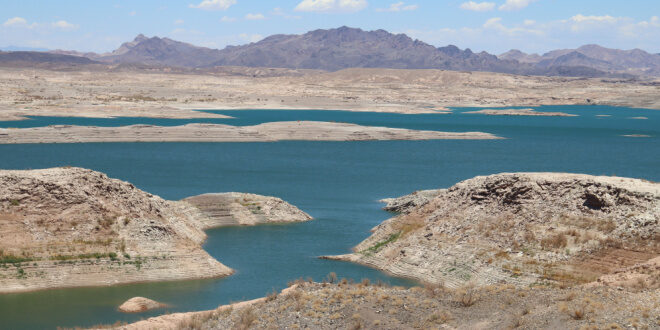Colorado River Board of California Chairman JB Hamby issued the following statement regarding the Lower Basin Plan submitted by the representatives of the seven Colorado River Basin states to the Bureau of Reclamation that will conserve three million acre-feet of Colorado River water through 2026.
“California worked hard with our Basin States partners to achieve consensus among all seven states to protect the Colorado River system for the duration of the current guidelines,” said Hamby, who also serves as California’s Colorado River Commissioner.
The seven states letter requested that Reclamation analyze the Lower Basin Plan as an action alternative under the Draft Supplemental Environmental Impact Statement, provide sufficient time to fully analyze the plan consistent with applicable law, and allow for an appropriate public comment period. The Draft SEIS evaluates potential near-term modifications to the 2007 Interim Shortage Guidelines that govern the operation of the Colorado River’s major dams and reservoirs through 2026.
Hamby added, “California and our partners in Arizona and Nevada have developed a plan that results in better protection for the Colorado River system than other action alternatives identified in the current Draft SEIS released last month by Reclamation. The Lower Basin Plan will generate unprecedented volumes of conservation that will build elevation in Lake Mead, make strategic use of the improved hydrology, and build upon partnerships within and among states, urban water agencies, agricultural irrigation districts, and Basin Tribes who rely upon and share the Colorado River.”
In recent months, California’s Colorado River contractors and entitlement holders have closely collaborated with the Bureau of Reclamation to develop agreements that will conserve up to 1.6 million acre-feet of water through 2026 for the benefit of the Colorado River System as part of Reclamation’s Lower Colorado River Basin System Conservation and Efficiency Program, funded through the Inflation Reduction Act, and through an existing Intentionally Created Surplus extraordinary conservation water storage program. Each of California’s Colorado River contractors and entitlement holders, including The Metropolitan Water District of Southern California, Imperial Irrigation District, Palo Verde Irrigation District, Coachella Valley Water District, Bard Water District, and the Fort Yuma Quechan Indian Tribe, will conserve water to remain in the Colorado River system as part of the plan.
“California’s water users will work quickly to implement conservation that will protect the system in the near term. At the same time, California will work to address the systemic challenges facing the Colorado River and will begin collaborating with the Basin States, Basin Tribes, and the Bureau of Reclamation to develop sustainable guidelines for the long-term management of the river,” said Hamby.
 California Water News Daily Your Source For Water News in California
California Water News Daily Your Source For Water News in California


